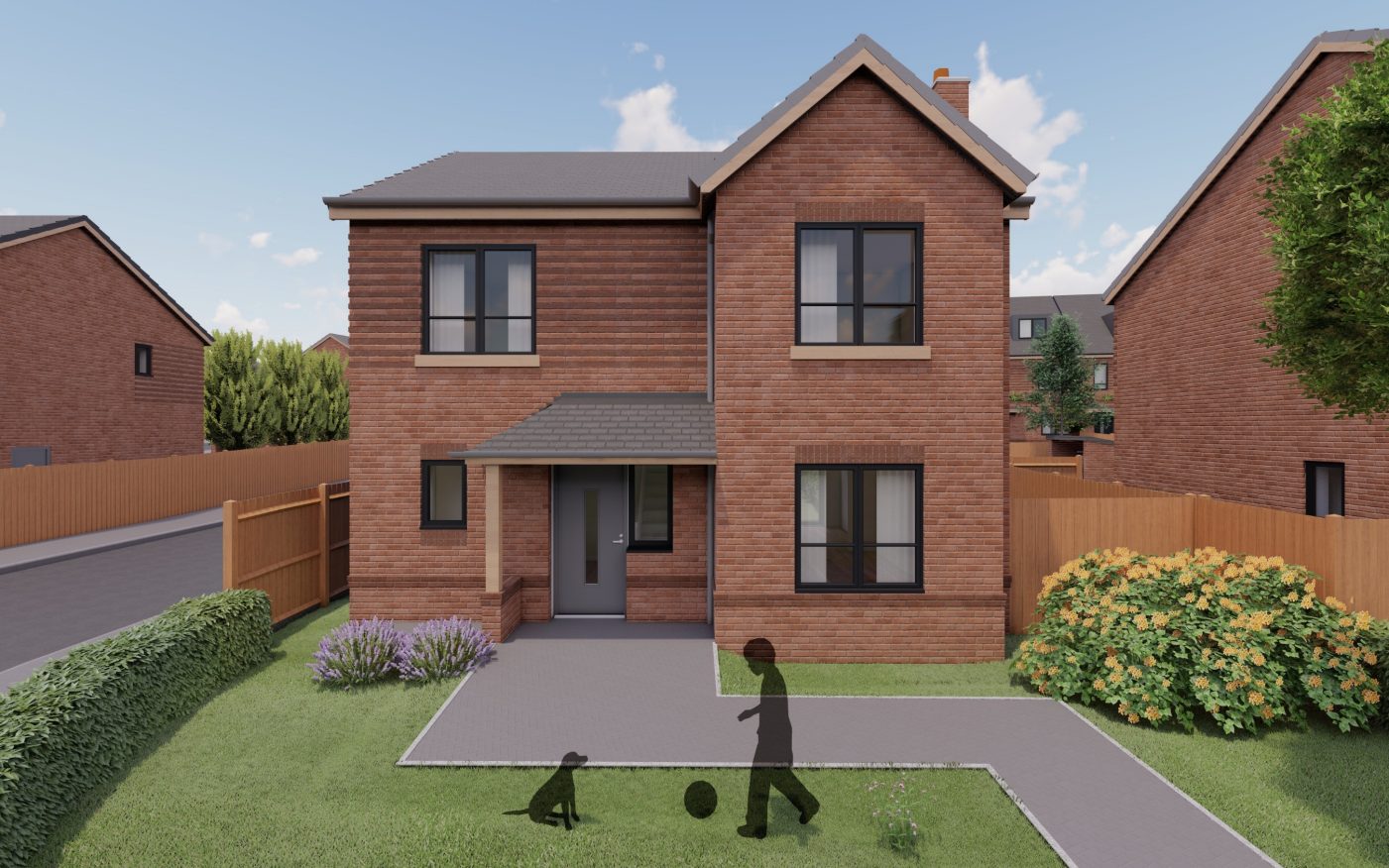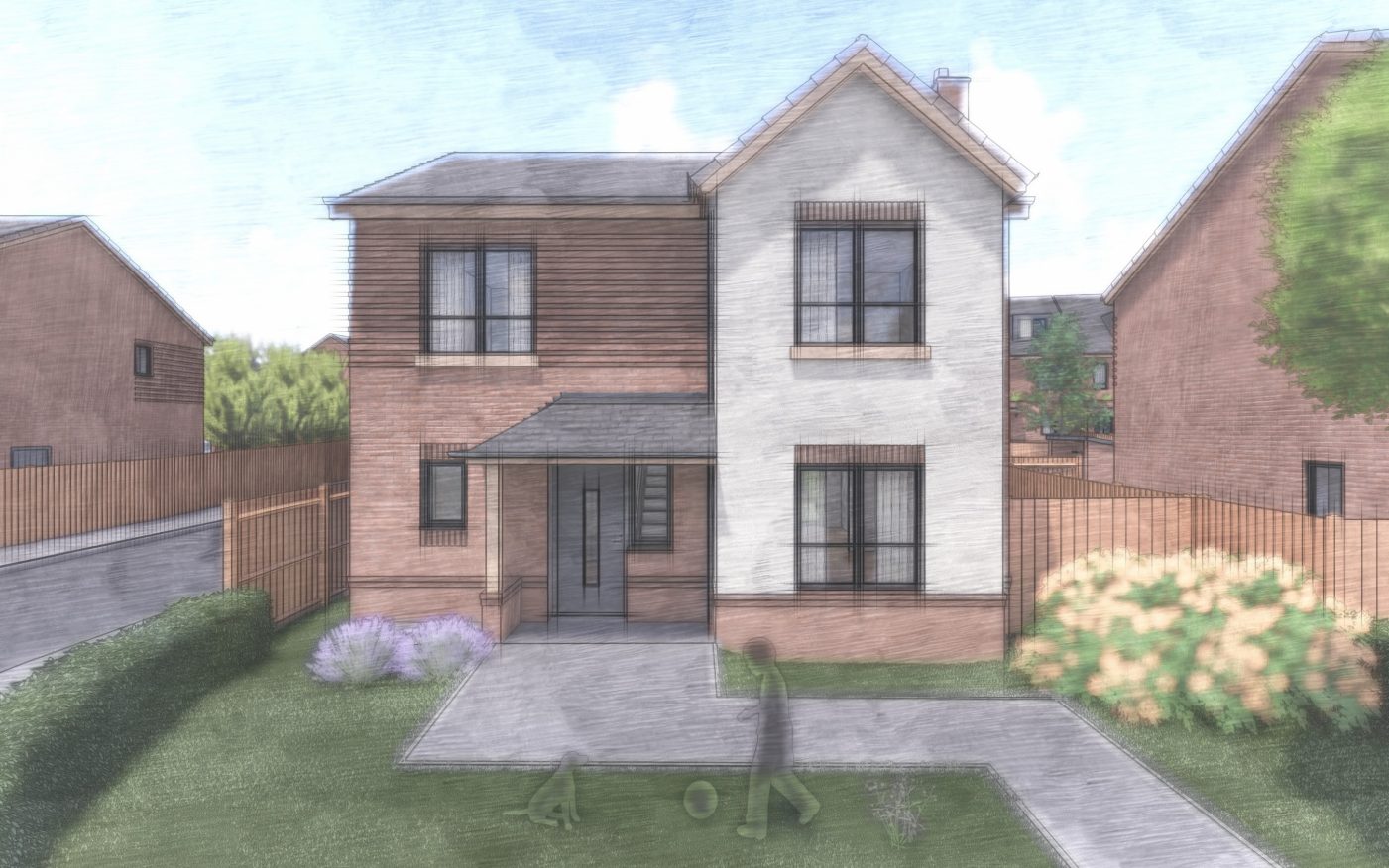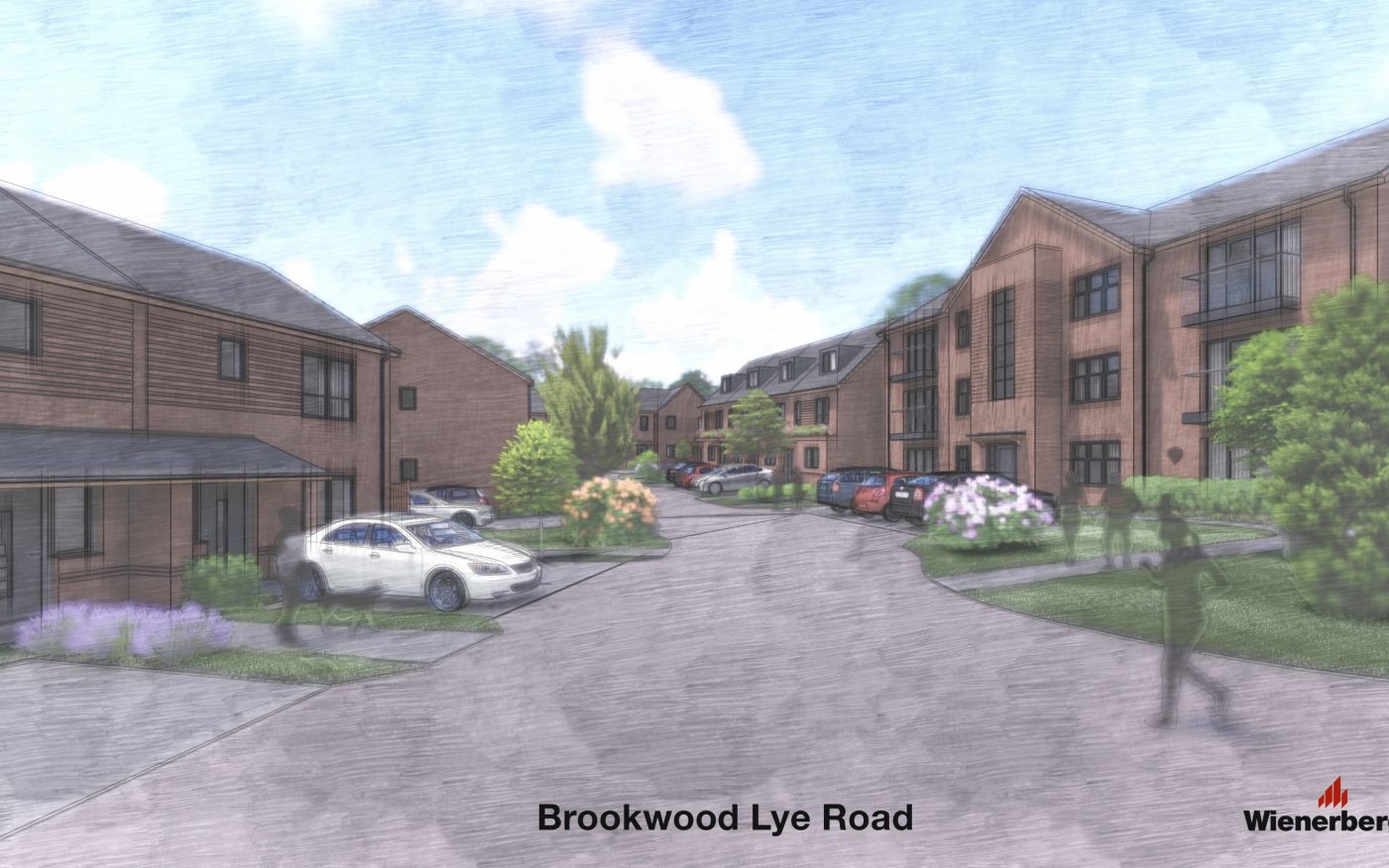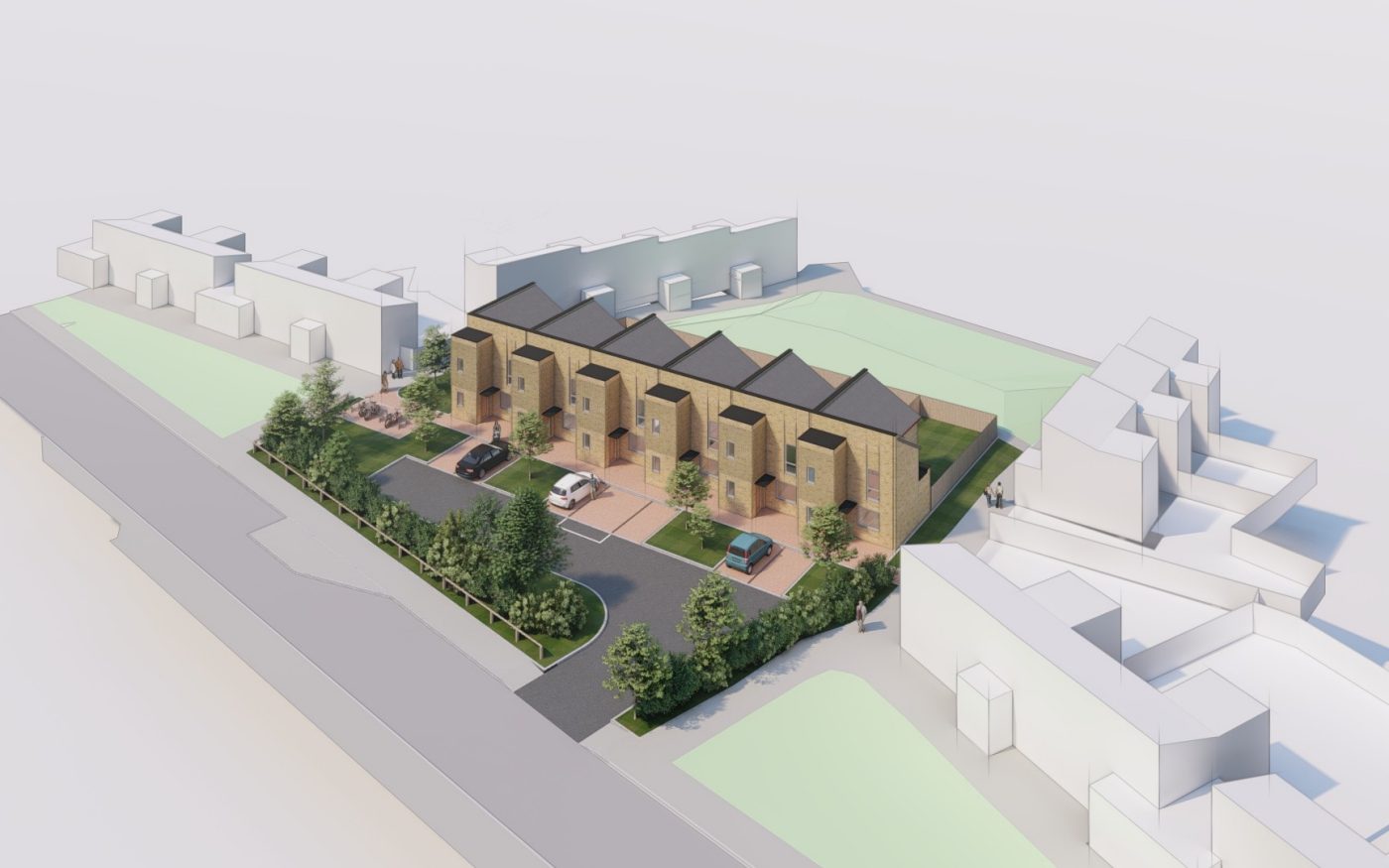Why use BIM?
BIM provides those in the construction value chain with accurate and structured data that enables them to see exactly how products will work in their schemes, in terms of aesthetics, material performance and even synchronicity with other elements of the specification. All linked directly with the 3D geometry of products.
By improving the quality of information provided and therefore avoiding design problems and subsequent changes, this collaborative process can cut costs, minimise project time and reduce waste. And with greater pressure on both project costs and sustainability measures, these all remain key objectives in construction.
Beyond the process, data and visualisation, BIM also opens up other added-value possibilities through the concept of a common data environment (CDE).
The CDE provides each and every project with a central repository of information, holding all data and assets relevant to that project and essentially functioning as a ‘single source of truth’. It ensures more meaningful engagement with all external stakeholders and earlier troubleshooting of any issues before they might arise.
For a business that is used to managing complicated projects with multiple inputs, this is incredibly useful to Wienerberger. We immediately saw how valuable this could be in terms of both communication and collaboration within the design process.
BIM at Wienerberger
As a forward-thinking business with a focus on innovation, Wienerberger recognises the power and potential of the BIM process and we have invested heavily to help support our customers in getting the most from it.
In 2016, when the Government mandated BIM Level 2, on all centrally funded projects, we adopted BIM as our standard methodology within our Built Environment department. Later, with the launch of the ISO 19650 series - which establishes international standards for the entire life cycle of a built asset - we saw an opportunity to develop our BIM capabilities and approach further.
By aligning our internal design processes to ISO 19650, we can provide accurate and structured data that links directly with the 3D geometry of all our products.
Wienerberger UK now provides BIM Objects for around 950 products in our portfolio. These 3D models provide a digital twin of the physical product, combining detailed product information and geometry that represents the product’s physical characteristics. They can be downloaded from the Wienerberger website, and then used within the BIM environment throughout the design process – making things far easier for architects and designers.
We have invested heavily in our people to improve internal understanding and application of the BIM process, and we have created easy-to-use template documents (available for clients) that identify key project information and exchange requirements.
Crucially, Wienerberger is the also the only brick manufacturer with a dedicated BIM team, providing training, CPD opportunities and producing BIM Objects in-house – not to mention the capability to deliver bespoke modelling that no other competitor can match. We are technical experts, working alongside clients to support their BIM requirements from start to finish.
Setting the standard
Our focus on delivering added value does not end with simply delivering BIM solutions. Having worked hard to implement these process changes, we believe it is equally important to support and evidence the quality of our processes.
Wienerberger partnered with the BRE to identify any gaps and ensure that we were fully and officially compliant with the internationally recognised ISO 19650 certification, which sets the standard for managing information over the whole life cycle of a built asset using BIM.
With ISO 19650 certification in place, our clients can have confidence in our capability to deliver BIM projects according to the latest international standards, with all the right policies and procedures in place.In terms of our BIM Objects, we hold the BSI Kitemark certification - the benchmark in best practicefor the production of digital products used in BIM models, covering the full range of construction products. This certification provides a mark of trust and integrity in the BIM objects by validating the accuracy of their information and functionality within the BIM model.
The future of construction projects
We have invested in BIM because we recognise the potential of this resource to deliver benefits across the value chain. BIM is enhancing the quality and efficiency of what we do at Wienerberger, and across the sector as a whole.
This is not an optional approach as far as we are concerned, it is the future in terms of how construction projects should be planned, visualised and delivered. And we’re committed to being at the forefront of it.






